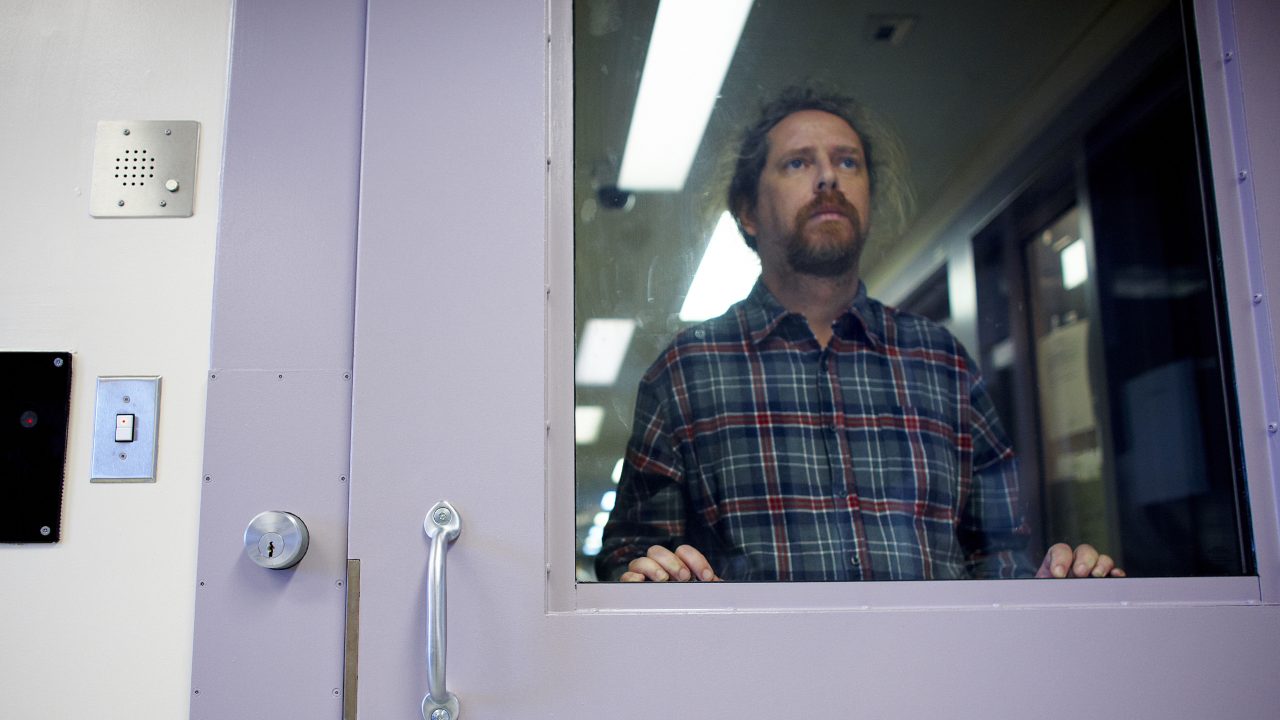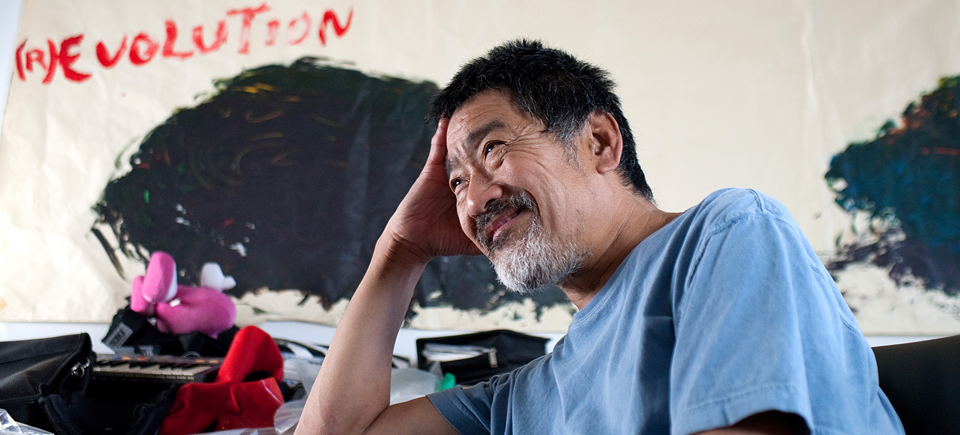
DOXA Connexions: The Black Market
DOXA Connexions: The Black Market
This post was written by one of the young women participating in the 2011 Kris Anderson DOXA Youth Connexions Forum, as part of the DOXA Documentary Film Festival. “Connexions” is an immersive 2-week program where 6 selected emerging female filmmakers create 6 short films in 6 days, while also connecting with industry professionals & checking out all the doc films & panels.
Last night I saw Rama Rau’s film, The Market, which explores the ethics behind the illegal sale of human organs. The film juxtaposes a mother in Nanaimo, who is undergoing dialysis for kidney failure, with an Indian woman going through the process of selling her kidney.
At the beginning of the film, the possibility of a “win-win” transaction appears plausible because one woman receives a life-saving kidney, while the other receives the money they need for survival. The film allows you to witness a highly problematic system in which the donor is trapped in a corrupt system, fraud, long-term health risks and increasing debts. The opportunity to make a morally responsible decision is left to the (Western) person receiving the organ.
The reactions from the audience were very interesting. The discussion was hosted by a Dr. Jeremy Synder, a Simon Fraser University Professor who has focused on Medical tourism and organ trafficking.
It was discussed whether it was a truly voluntary situation, because in most cases, the women in poverty who are selling their kidneys saw it as a last option. Synder pointed out that it was not clear that the donors fully understood the health risks associated with the sale of their kidneys. He argues that it is morally wrong for people in poverty to sell their organs because they are vulnerable and misinformed. Even the term “organ donor,” is problematic. Synder does not like the term because they are selling their organs, not giving them away.
One woman in the audience came forth as a Kidney donor for her son. She agreed that when you are in the situation, you would do ANYTHING to help your child, even pushing aside values. However, the ethical issues are what prevented her from buying a Kidney. She informed the audience about B.C Transplant Society’s Kidney Exchange program that helps “swap” compatible kidneys from living donors to people in need.
Her concern was that the film puts off potential living donors, who see the way the Indian donors suffer in the film.
She emphasized that B.C. donors are well taken care of, before and after surgery. She is extremely healthy, and even ran the Sun Run. She points out that it is nowhere near as painful as it looks in the film, and is a simple procedure.
Donors in The Market reveal painful, permanent scars – reminders of their physical loss. When asked if they regretted selling their kidneys, one Indian woman in the film states, ” I suffer so much. Everyday I wonder what will happen. I suffer every day.”
Her story draws attention to inequality and emphasizes the poor quality of care that the Indian people are experiencing. Snyder explains the problems associated with the “market incentives” depicted in the film. Instead of taking care of both donor and patient, market incentives allow an opportunity to focus exclusively on the recipient of the organ and their money. Unlike here in Canada, as soon as the kidney is out, the relationship between donor and doctor is finished.
For money, one life can be improved while another life is ruined. It was Snyder who suggested the film be renamed “The Black Market,” to hint at the problems that lie within the frames of the film.
This film acts as an educator, drawing attention to perspectives that aren’t often heard, and leaves the viewer with serious questions about the current medical system.
—
Paisley
(The image used is courtesy of Jacqueline, “sweetbeetandgreenbeans” under a Creative Commons licence.)




Image credit: http://sweetbeetandgreenbean.net/